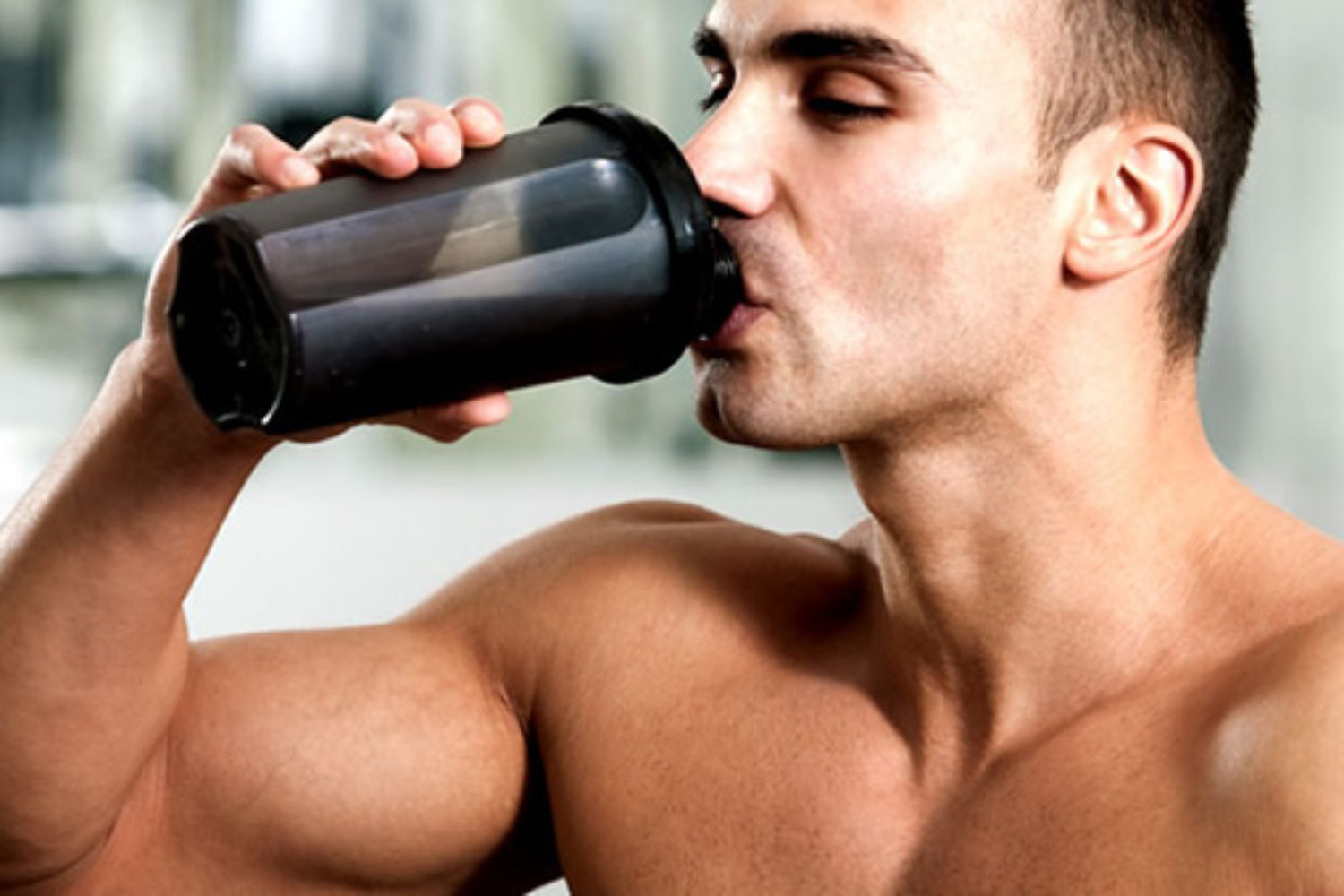Many clients complain about indigestion or the feeling bloated after meals. There are a few reasons why this may happen: eating too fast, not chewing enough, or low digestive capacity.
Who should take supplemental acid
- frequent belching and bloating, particularly following meals
- feeling of fullness for an extended time after meals
- getting full quickly
- loss of appetite
- nausea in the morning or after taking supplements
- weak or brittle nails
- undigested food in the stool
- history of iron deficiency
- vitamin B deficiency
- anemia
- history of taking acid-blocking drugs
Supplemental acid and digestive enzymes are safe to use for everyone except for people diagnosed with gastritis or ulcers.
How it works
First step to the digestive process starts in the mouth. While chewing, enzymes from your saliva helps to break down carbohydrates. Insufficient chewing and swallowing prematurely leaves particles too large for the stomach to break down parasites and fungi hiding inside the food. These small compounds will then be absorbed into the blood so it doesn’t irritate the small intestine and elicit an unfavourable immune response. Optimal digestive capacity is crucial for overall health. Here is what you need to know about enzymes and stomach acid:
Enzymes
Digestive enzymes are primarily produced by the pancreas, found in saliva and the small intestine. Digestive enzymes break down proteins, fats and carbohydrates into their constituents, amino acids, fatty acids and sugars. Sleep, processed foods, eating foods you are sensitive to, chronic stress, lack of sleep can all take a toll on digestive health.
Stomach Acid
HCl is a digestive enzyme that helps with breaking down bacteria, germs, fungi and parasites. Once it reaches the small intestine, which is less acidic than the stomach, they can start to lay eggs.
Small intestine is lined with receptors and is responsible for absorbing nutrients once the receptors have digested food. Nutrients are then sent through the portal vein to the liver for processing.
HCl is secreted by the stomach and breaks down protein molecules. It acts as a defense against pathogenic organisms, such as bacteria, yeast and viruses. HCl is required to absorb calcium, iron, vitamin C, vitamin B12 and beta-carotene. It also plays a role in absorption of magnesium, zinc, chromium, copper, vanadium, selenium and manganese.
Using digestive enzymes to aid in improving digestive capacity
Enzymes and stomach acid is important for the breakdown of proteins and other macronutrients and for absorption of vitamins. It is also needed for proper pH balance and to reduce the likelihood of infection in order to obtain optimal health.
Need help correcting your digestion issues or unsure if enzymes or stomach acid is right for you? Contact our Exercise Coaches to help you get started.











